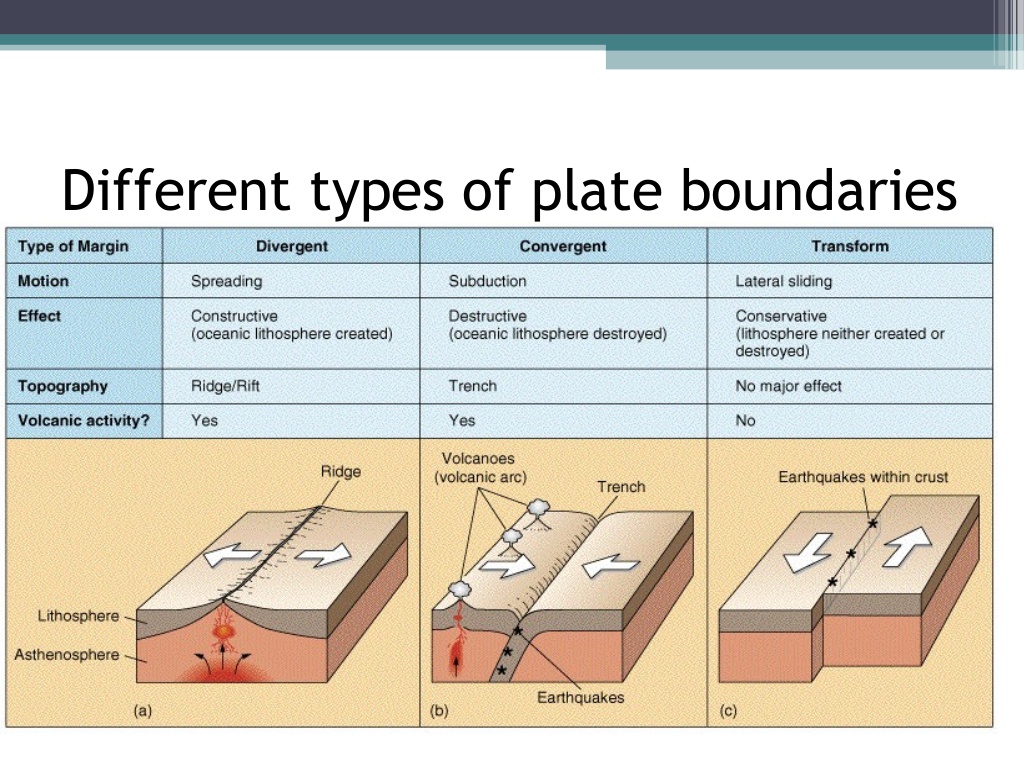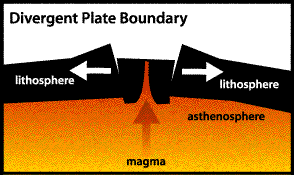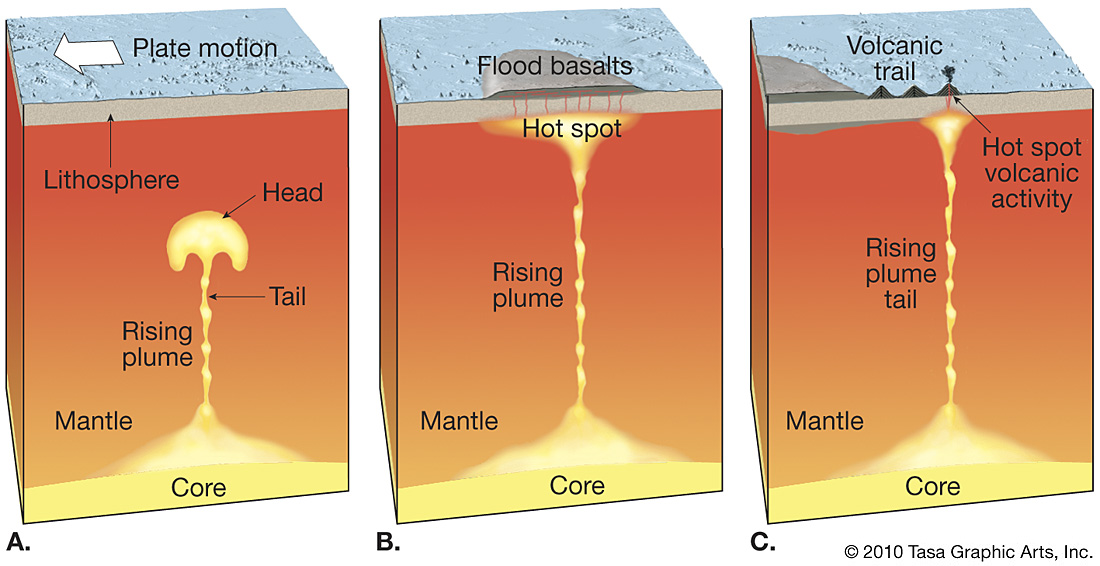Where are volcanoes and earthquakes likely to occur?
1 Answer
Volcanoes and earthquakes are most likely to form along plate boundaries.
Explanation:
Earthquakes:
An earthquake is generated when two plates move relative to each other. The earthquake itself, is the movement felt on the surface caused by the movement of the tectonic plates at their boundaries. There are a few different types of plate boundaries, NOAA does a great job giving a brief description of each here:
http://oceanexplorer.noaa.gov/facts/plate-boundaries.html

Volcanoes:
Volcanoes can form in three different places: a convergent boundary, a divergent boundary, or a hot spot.
Volcanoes form along convergent plate boundaries. At a convergent plate boundary, two plates collide and form a subduction zone. In the subduction zone, the denser, heavier plate goes below the more buoyant plate. The plate which goes under is subjected to immense heat and pressure and melts to form magma. This magma is less dense than the surrounding solid rock and rises to the surface through cracks in the plates to form a volcano.

Volcanoes will form along divergent plate boundaries. A divergent boundary is when the plates move apart from each other. When the plates part, magma from under either plate rises and forms a volcano.

A hotspot is the third place a volcano can form. This particular type is the least common. Hot spots are when thermal plumes from deep in the Earth rises. This heat, combined with the lower pressure at the bottom of the lithosphere, causes magma to form. The magma, as we discussed, is less dense than the surrounding solid crust and rises to the surface through cracks and channels and then erupts at the surface to form a volcano.


